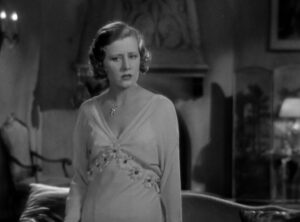 |
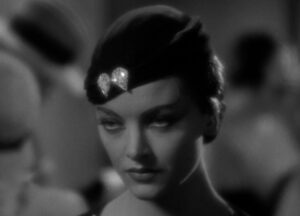 |
 |
| Laura Irene Dunne |
Ursula Myrna Loy |
Barry Ricardo Cortez |
| Released by RKO Directed by George Archainbaud Run time: 59 minutes |
||
Proof That It’s a Pre-Code Film
- Suicide and on-screen murder aplenty.
- Guy who attempts to both poison and blow up a child but doesn’t get caught.
- Divorced women and single moms, happy to be without men– or so they say.
- In fact, all of the men are pretty damn stupid in this movie.
- “Do you remember how you always worried that the men would go too far and I worried that they wouldn’t?”
- The racial politics of this one are a tad egregious.
Thirteen Women: Slash Fiction
“How is your child, Nora? They tell me is handsome and bright and lovable. […] I looked at his star tonight… and it was glowing red. Like the ball I sent you.”
There is a very distinct pleasure in watching Myrna Loy level her eyes at the camera and promise to break Irene Dunne. I won’t pretend it’s a vaguely wholesome pleasure, but it’s safe to say that Thirteen Women is anything but wholesome.
Based on a novel– RKO even has the opening credits over a facsimile of a book being paged through– Thirteen Women is often identified as one of the first slasher movies put on the screen. Manipulating astrology, a mixed-race woman, Ursula (Loy), slowly metes out revenge against the sorority that had exposed her attempts at passing as white at an elite preparatory school ten years after graduation.
Now the women, grown and despondent in their own ways, succumb to the morbid, fatalistic impulses that Ursula suggests to them, resulting in accidents, murders and suicides. One bravura sequence sees Helen Frye (Kay Johnson, AKA Madam Satan herself) spending a lonely night in a train car tormented by the memory of her dead child and haunted by her husband’s pistol on the top of her luggage. Ursula lurks in the hallway next to her compartment, letting out a subdued but pleasurable release of tension when the sound of the gunshot finally rings out.
Laura Stanhope (Dunne) is the only one in the group who presents a challenge to Ursula. She’s a steady, forthright kind of person who doesn’t take astrology or even suggestion seriously, presenting an obstacle. Her only weakness is her little moppet of a son who gets into childish mischief and only narrowly avoids being blown up or poisoned. Still one of Irene Dunne’s earliest screen roles, there is no heavy lifting to the part of Laura needed or provided; it’s kind of a bummer to watch Dunne wasted just mostly clutching her pearls.
While there are a couple of other interesting names among the women in the cast (and it is a notably female-centric picture), Myrna Loy as the villain undoubtedly makes the biggest impression, a huffy, sultry presence of pure exotic evil. Loy had been cast several times as villainous Asian women in the period before she became a breakout star, including as the sexually sadistic daughter of Fu Manchu, and it is ridiculous every time. Racist, yes, and always an eye opening revelation of what was encouraged on screen only a few generations back. As Glenn Erickson notes at TCMDB, reviewing the film’s DVD release:
Thirteen Women conveys the historical truth of racism better than any academic study. In the diversity-challenged social Stone Age of 1932, relationships were held to a strict standard of so-called “racial purity”. Not being certifiably Anglo was more often than not a ticket to the social margins, and often carried a social stigma impossible to overcome. Detective Barry Clive distastefully describes Ursula Georgi as a Javanese-Indian hybrid. Ursula’s real crime is her attempt to cross the race barrier. She hoped she could pass for white and enter the exclusive ranks of St. Albans graduates — women ‘qualified’ to marry well and live comfortable, upscale lives.
The film’s thorough-line of white women using their privilege to exclude others of different races feels incredibly modern, but seen through the lens of 1930s racial politics it becomes a staggeringly appalling case of quod erat demonstrandum. Were the women in the wrong for exposing this woman’s secret and sentencing her to the remarkably unpleasant life afforded a mixed-race woman? Yes, but also she’s a crazed killer now, so maybe they were right to do it!
Loy’s performance is certainly that of a vamp, but her character’s motivations, twisted as they are, are sympathetic. The fact that no one seems to wholly regret how they’d united to ruin her life, outside Laura momentarily stuttering, “We were young… and maybe we were cruel…” before being ‘hypnotized’ with Ursula’s powers speaks to how little introspection these characters were required to have.
That’s not to say that Ursula’s problems are wholly sacrosanct. Erich Kuersten at Acidemic (in a very long and fascinating piece) details: :
But even then, Ursula’s racist. She talks of how her “white half’ craved the care and respect due her, i.e. she buys into the idea of white superiority, that white people need and deserve extra care and respect not afforded to the more savage non-white races. Telling of her desperation to pass as white she notes that Dunne and her friends “wouldn’t let me cross the color line.” Hard to believe that so few films even in the pre-code era were so blunt. Imitation of Life, eat your heart out! This chick actually is doing something about it! She’s taking matters into her own hands, and getting revenge. And I respect that. There should be more of that kind of thing going around, but producers are always afraid of riots, and Southern distributor boycotts.
One other relevant thing to note is that most of the men in the film are mewling simpletons, two of the major male roles completely under Ursula’s sexual (and possibly mental) powers. Ricardo Cortez is the only one who really escapes this, playing one of those clever but annoying movie detectives who solves the disparate threads and lies in wait with the perfect ambush. The film almost feels duty-bound to follow him around, as, alas, Dunne simply lacks much else to do without him.
I do want to highlight the direction of Thirteen Women, as the film is shot with some manner of verve. This includes, reflecting the film’s horoscope themes, the use of star fades as several of the women meet their gruesome fates, allowing the audience’s certainly-sicker imagination take hold. Another is a dark visual joke where, when Laura mentions the possibility of her friend who missed her driver taking a taxi instead, we cut back to the woman being loaded into a hearse.
For my money, though, the best shot in the movie is one where Hazel, struggling to avoid even looking at the gun that occupies her compartment, looks in the mirror at herself…. where her reflection is looking back directly at the gun. It’s a quick moment, but a brilliant encapsulation of her internal struggle.
Compared to many of the many other suspense pictures being made at the time Thirteen Women suffers, not just because of its bizarre mystical racial politics, but because the movie can’t seem to find much of interest besides camping up the murders. Of course, one could assert that this puts the film firmly in the slasher movie tradition; if this sounds like your cup of tea, you are in for a treat.
For the less inclined, it has to be said that Thirteen Women is a suspense film with a darkly comic streak that lacks the polish you’d come to expect later on. The dated racial and sexual politics are an interesting glimpse into the past, but the movie is kind of a mess overall.
Screen Capture Gallery
Click to enlarge and browse. Please feel free to reuse with credit!
Other Reviews, Trivia, and Links
- The current available version runs 59 minutes. From what I can tell, it was trimmed down before release, which creates one interesting problem: the film mentions several times that there are 12 women in their sorority friend’s group. That number plus Ursula would give you the titular 13 women, but, due to the edited footage, several are simply missing.
- One other commonly noted piece of trivia. This movie marks the only on-screen appearance of Peg Entwistle, who would later famously commit suicide by jumping off the Hollywood Sign.
- From the AFI: Loy’s part was originally set to be played by Zita Johann of The Mummy and The Sin of Nora Moran fame.
- The author of Thirteen Women, Tiffany Thayer, was an extremely eccentric personality. He (yes, he) also wrote the novel Call Her Savage was based on, as well as being a leading skeptic of the 1940s. To wit:
- Mordaunt Hall in the New York Times notes the film, “bending under an uncommonly violent assortment of murders and suicides”, and judges the final result to be “hokum.”
- Jeff Stafford at TCMDB talks about this movie from the perspective of Myrna Loy’s early career, including this excerpt from her autobiography:
I recall little about that racist concoction, but it came up recently when the National Board of Review honored me with its first Career Achievement Award. Betty Furness, a charming mistress of ceremonies, who had started at RKO doubling for my hands in closeups when I was busy elsewhere, said that she’d been dropped from Thirteen Women. (Despite the title, there were only ten in the final print.) “You were lucky,” I told her, “because I just would have killed you, too. The only one who escaped me in that picture was Irene Dunne, and I regretted it every time she got the parts I wanted.”
- The review and information above is an updated review from July 2021. I’ve attached below my original review from 2011 (yay, 10 years) which, I hope, reveals how much my writing style has changed.
Anyone who’s ever worked in retail or spent substantial time on the internet can all confirm one simple fact: people are goddamn gullible. It’s not often that people build a film around such a concept, though saying that last part in a world where Transformers 2 made a mint almost gave me a stroke.
Thirteen Women plays with such a notion freely and aggressively, giving us a circle of former sorority sisters who all decided on a lark to write to a mystic asking for their fortunes. The swami, under the influence of a rival to the sorority, sends back letters foretelling the doom of each woman, all of them grisly.
The film sets this all up pretty quickly, and delights in watching each vapid woman doom themselves through their own paranoia. Thirteen Women functions a lot like a slasher film in many regards, as each pretty woman is given their own story that ends in a melodramatically brutal fashion.
For anyone who thinks that Hollywood was timid with violence or murder at one point must have missed this film. The opening involves two former sorority sisters who’ve since gone on to become trapeze artists. Not the best thing one can do with an education, but the girls seem to enjoy it, up to the point that one gets a letter from the swami telling her that, one day, she’s going to miss catching her sister. Mortified, she heads out to the trapeze, and as they’re gearing up for their world-famous, death-defying double flip with no net, and, wouldn’t you believe it, the one predicted to do the dropping drops her friend.
The director, George Archainbaud, plays this scene in complete silence, up until the woman slips from the other’s grip. And then he lingers as the woman flails, screaming, falling helplessly to the cold hard ground below. He cuts away right before impact, but it’s a chilling scene filled with dread that does more good than the rest of the movie that follows it.
A major problem with the film, if I haven’t mentioned it before, is that all of the characters fall into their demises because they’re stupid. While this is a staple of slasher cinema now and may have even been clever back in 1932, it’s still distinctly difficult to care for these characters or their plight. Also add on that you will already have a general idea of how many of these women are going to die (not more than thirteen, that’s for sure!), and it feels more like watching a prerecorded baseball game than a thriller.
Not helping matters is the antagonist, a mysterious half-Javanese woman played by Myrna Loy. Myrna Loy is obviously white, and the pancaked amount of glitter, mascara, and makeup it takes for her to be Hollywood-Brand Oriental makes her look like she just woke up from a five-year-old’s super fairy princess slumber party. I normally find yellow face completely contemptible, but it’s simply so awfully done here that it almost swerves into parody. It doesn’t help that Loy barely seems to do much with her part, figuring that looking menacing is about her only hope in this clunky script.
The atagonist in this movie (wow, I probably should have gotten to this sooner) is played by Irenne Dunn as an eternal skeptic and single mother who just doesn’t believe in the stupid swami crap. Yeah, one out of thirteen, way to go public education system.
Since she won’t kill herself, Loy’s sultry murderess decides to do it a little more conventionally, seducing Dunn’s butler and having him try to first poison the kid and then, when that fails, blow the kid the fuck up. Mean Girls only wishes it encapsulated the bitterness of female social exclusion this well.
Thirteen Women has its flaws, and some of those may come from the fact that it’s missing about fifteen minutes from it’s original release, trimming it down to a brisk but dizzying sixty minutes. It’s also hard to sympathize with a great many of the characters since they’re obviously rock stupid and have no screen time, but, hey, it’s a horror flick.
I can’t say it’s a good movie by any stretch of the imagination, but I am glad I watched it. It’s an interesting forebear to a lot of the crap we have today, and probably of much more interest to anyone who wants to explore who we like to see die onscreen and why.
P.S. – I didn’t personally keep track, but IMDB does note one thing: there are only 11 women in the movie, not 13.
Awards, Accolades & Availability
- This film is available on DVD to purchase or to stream on Amazon.
More Pre-Code to Explore
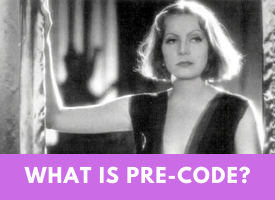 |
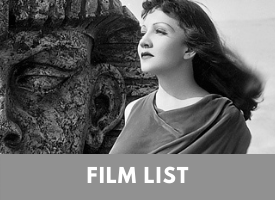 |
 |
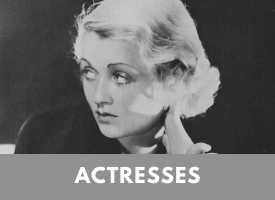 |
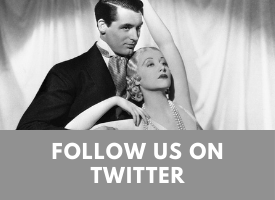 |
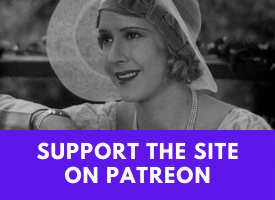 |

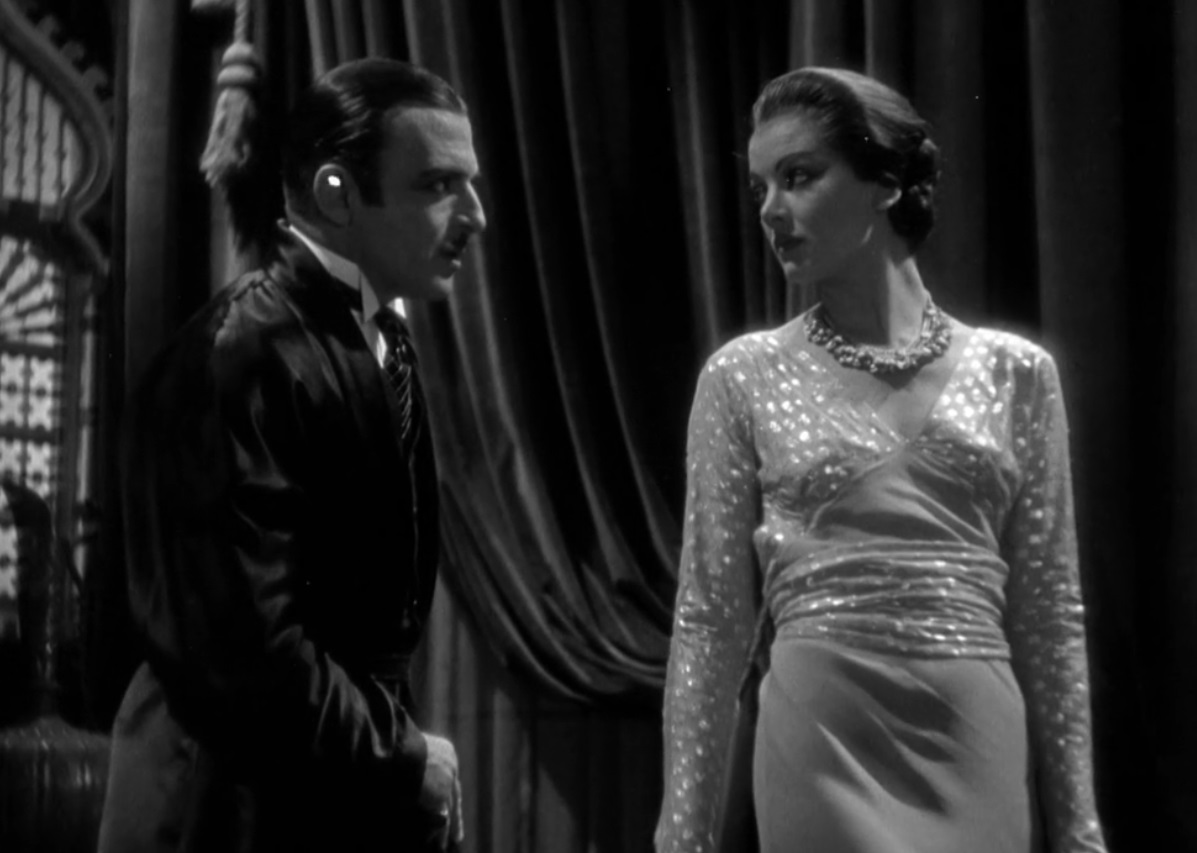
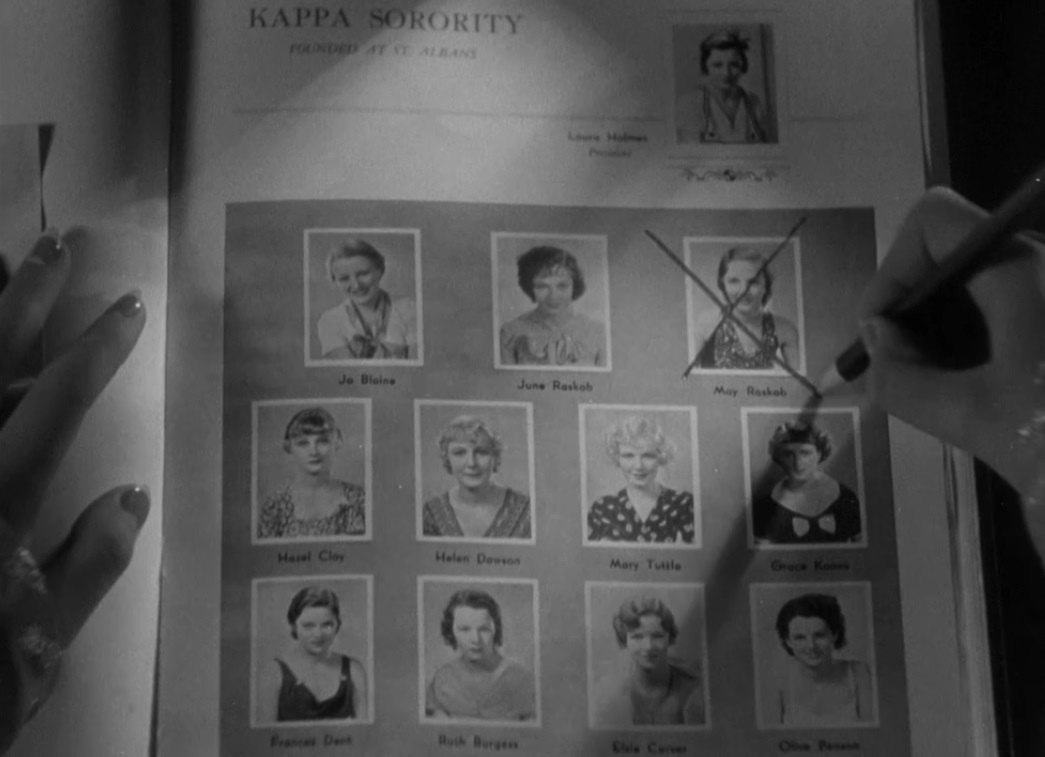
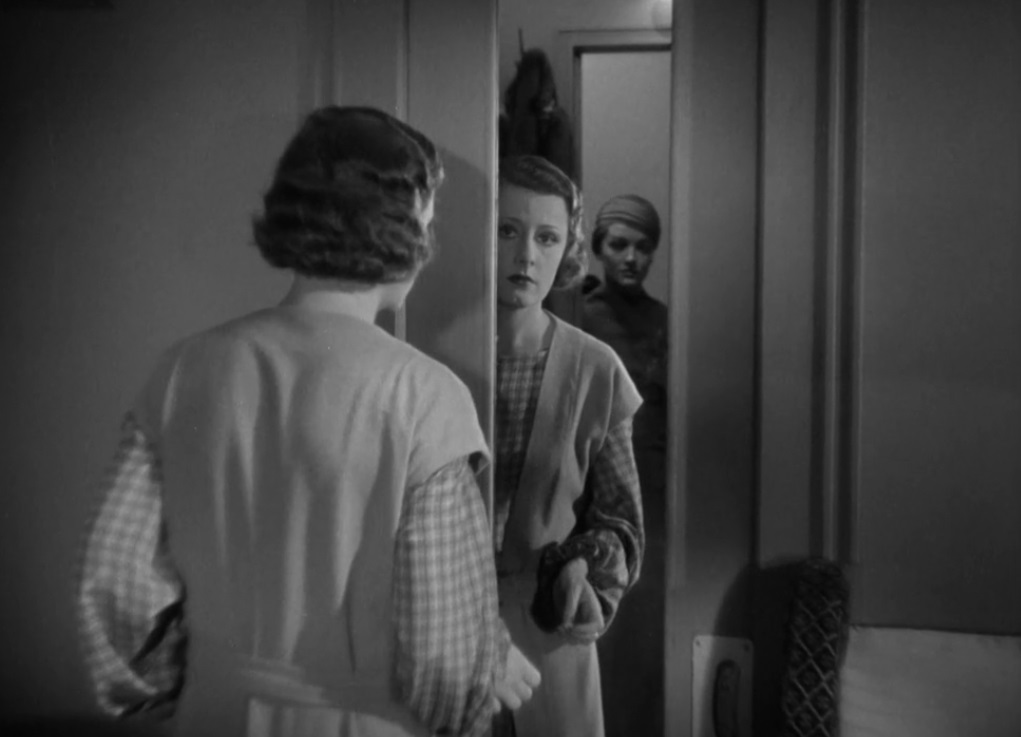
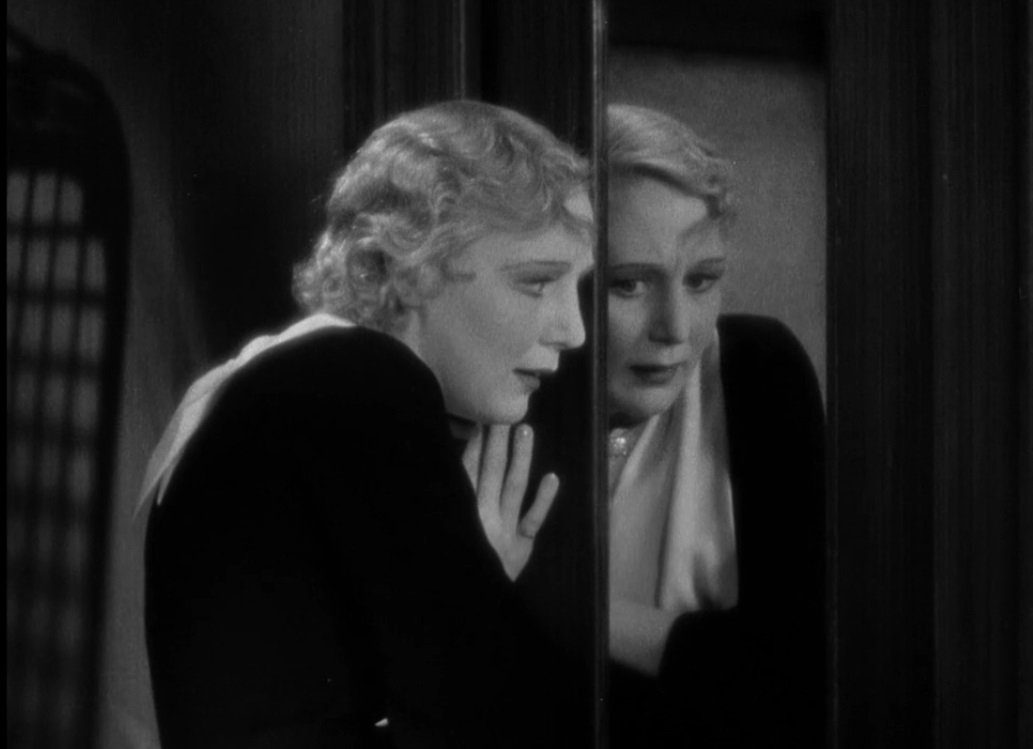

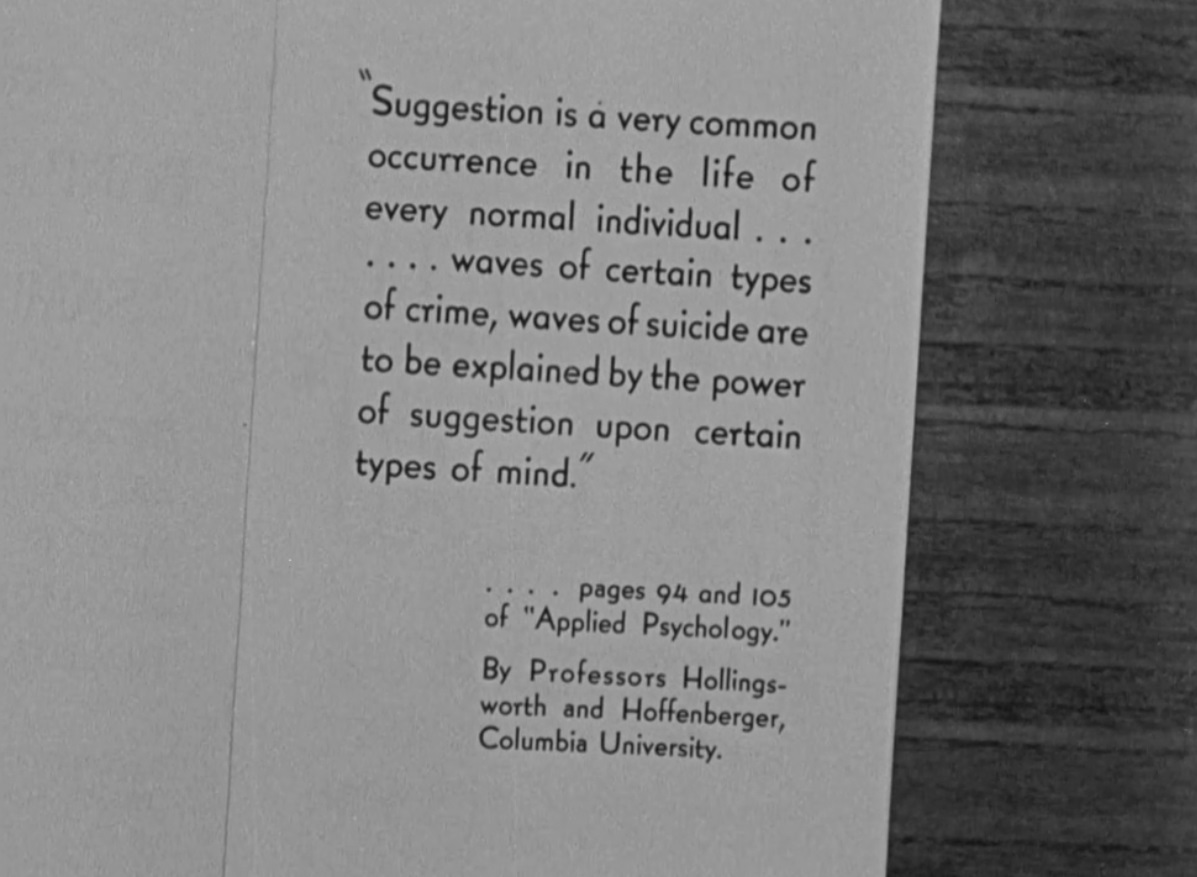
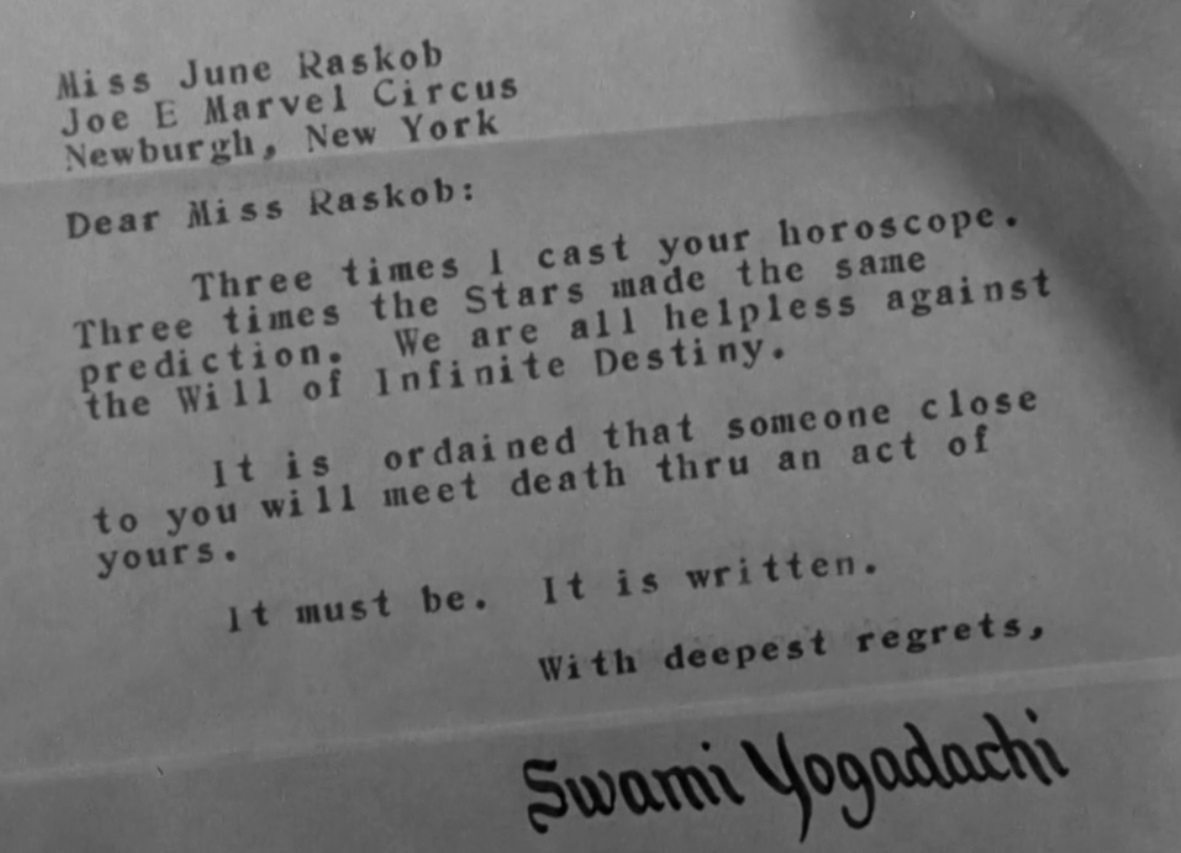
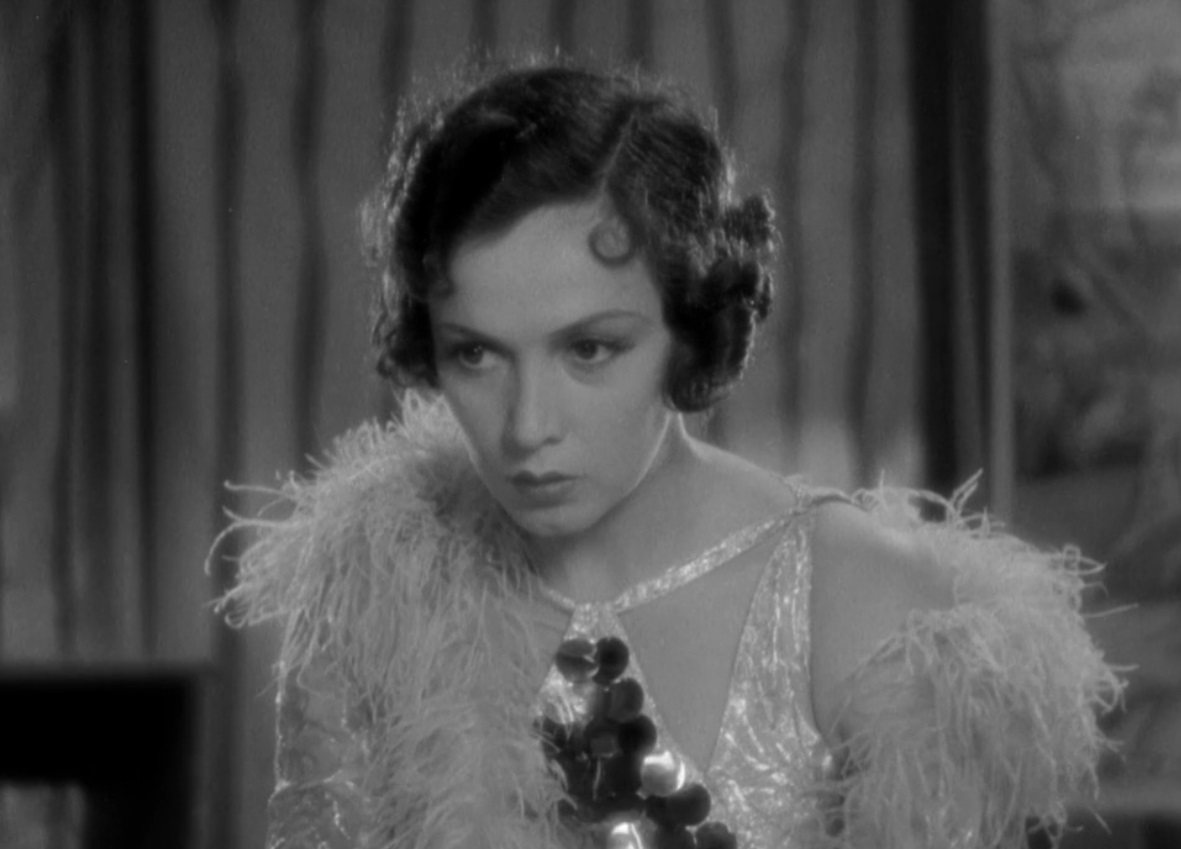

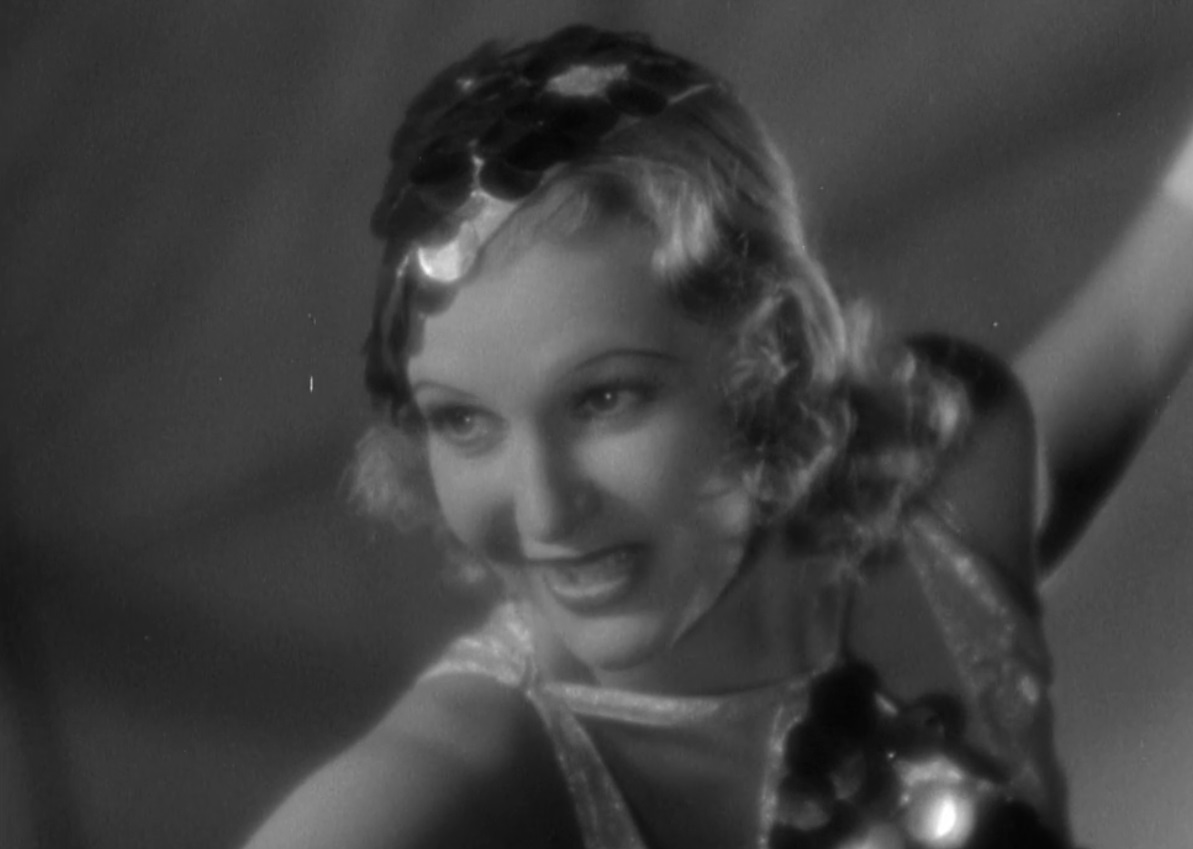
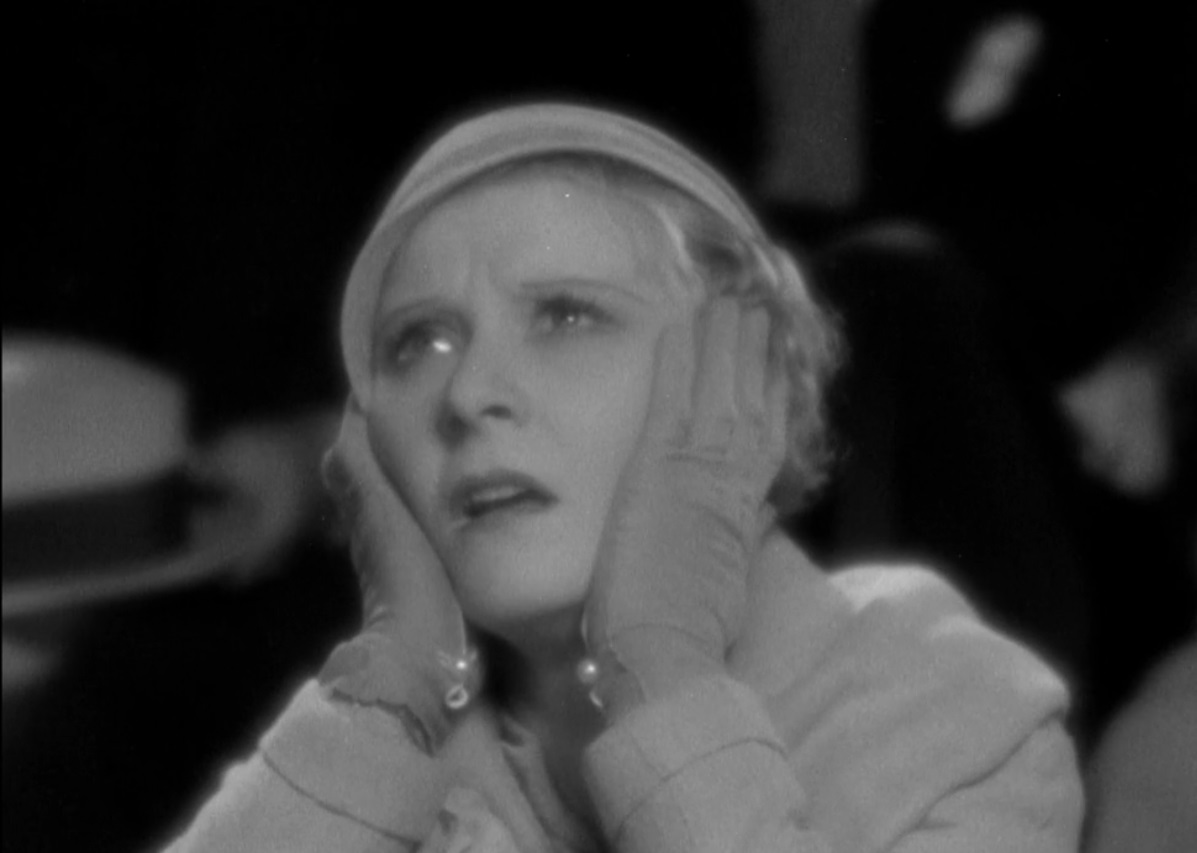
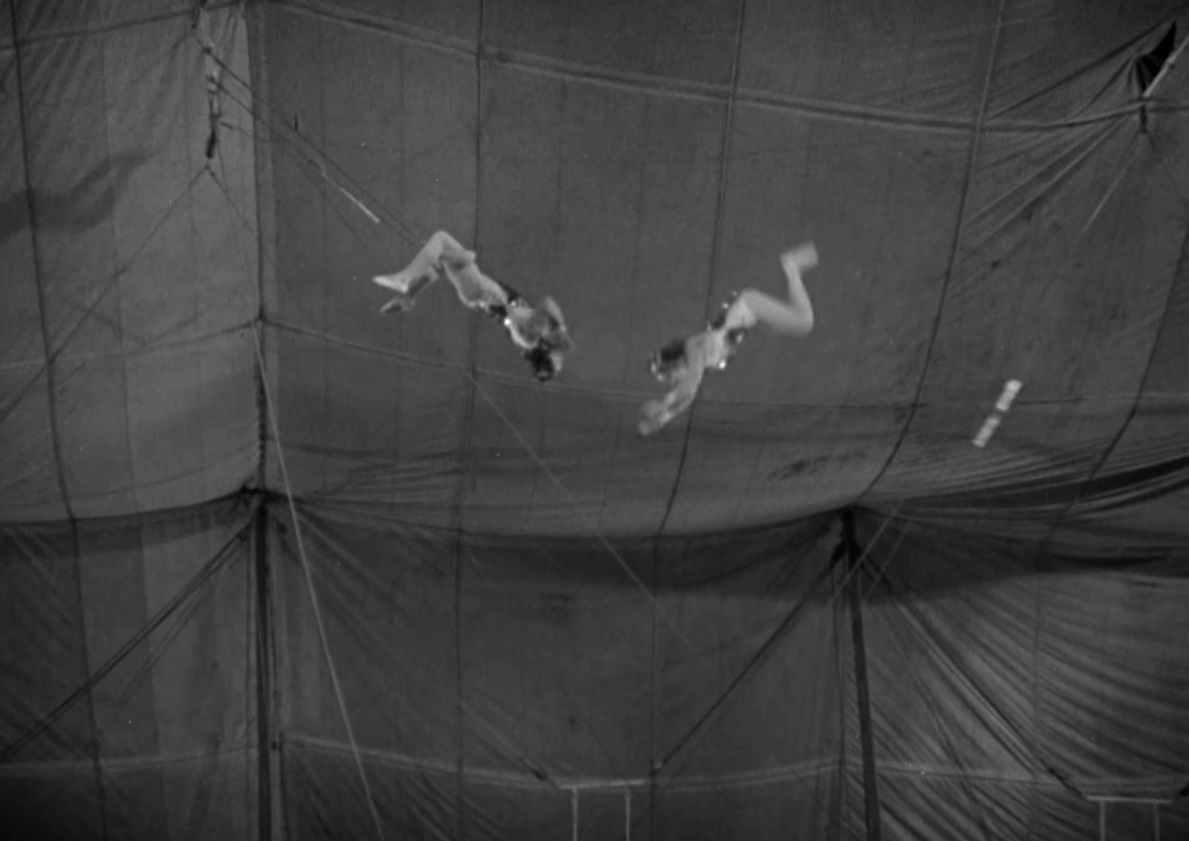

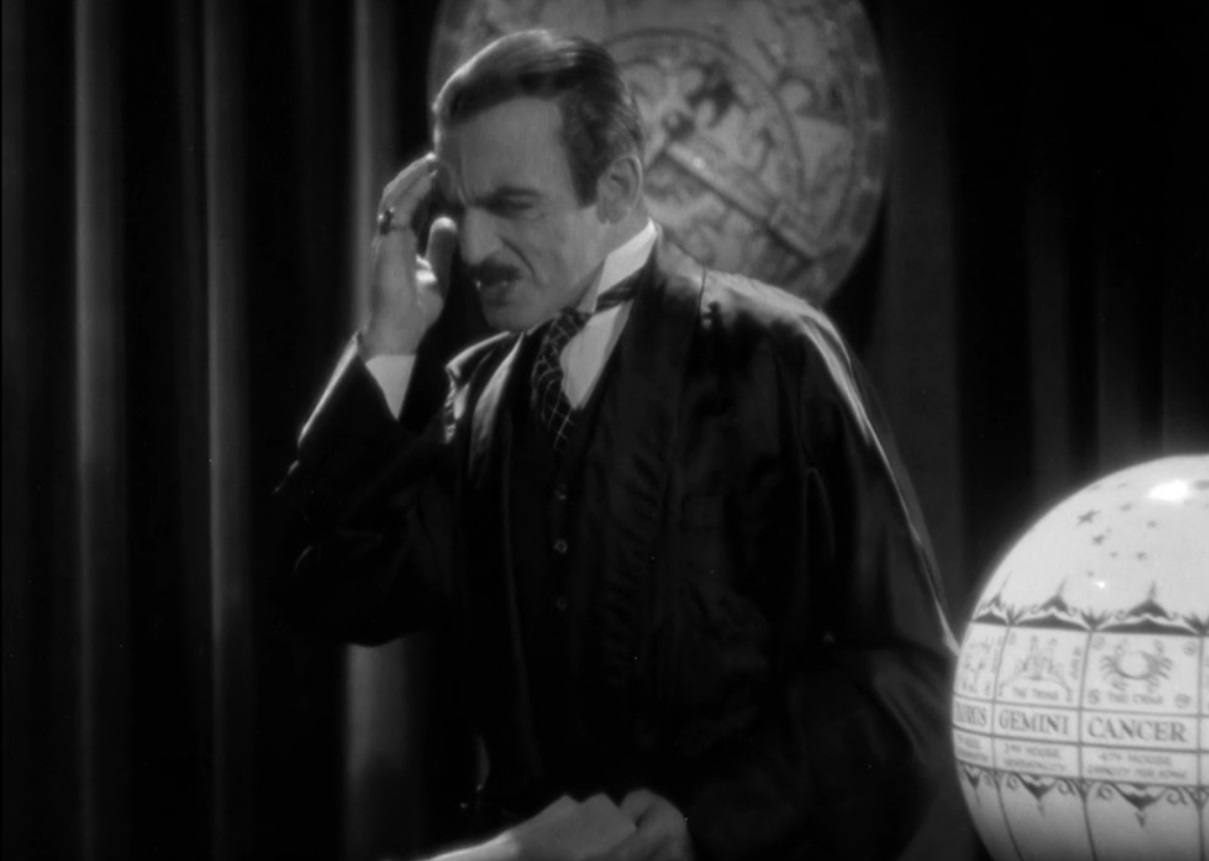

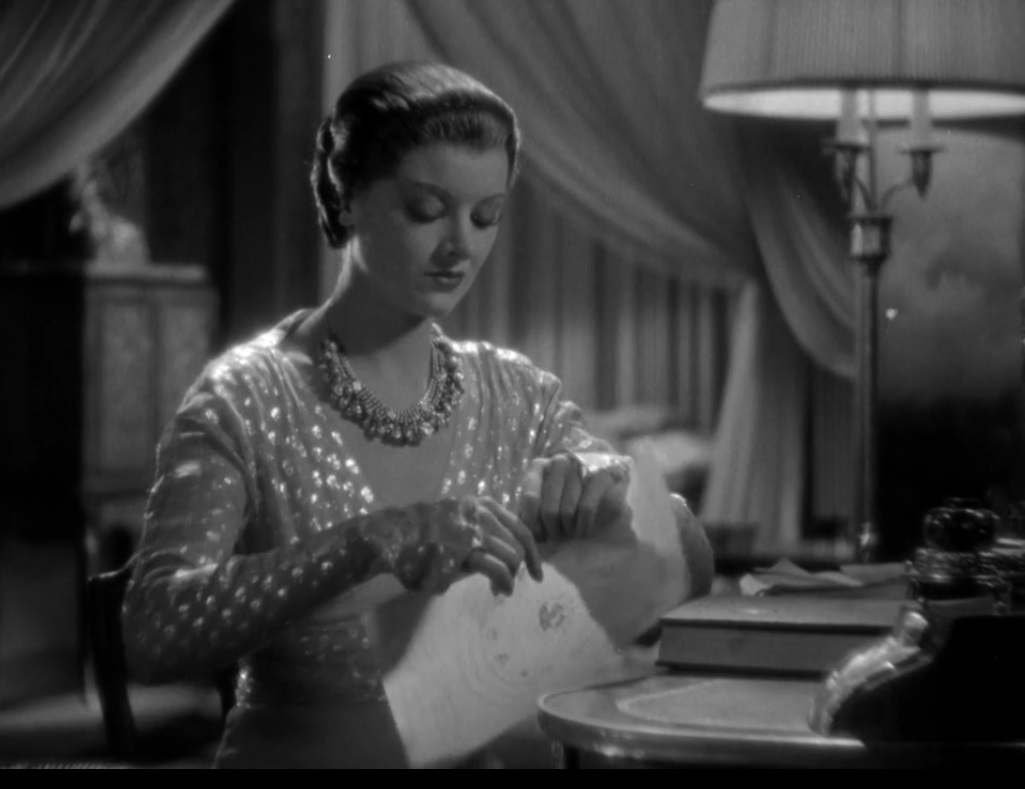


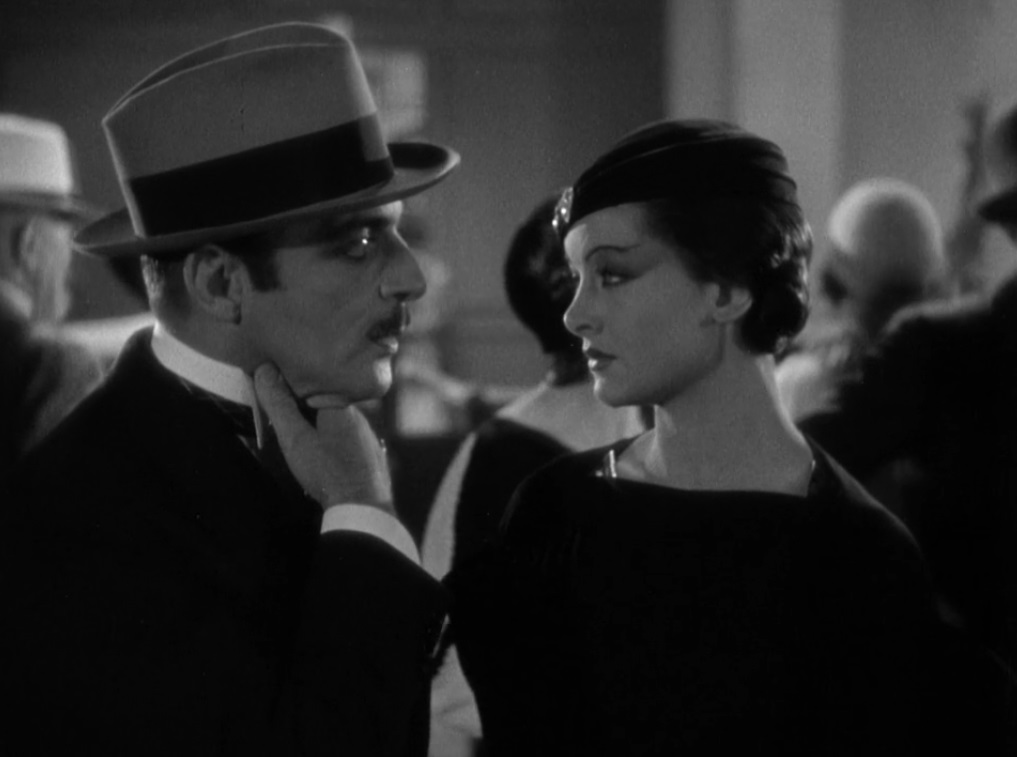

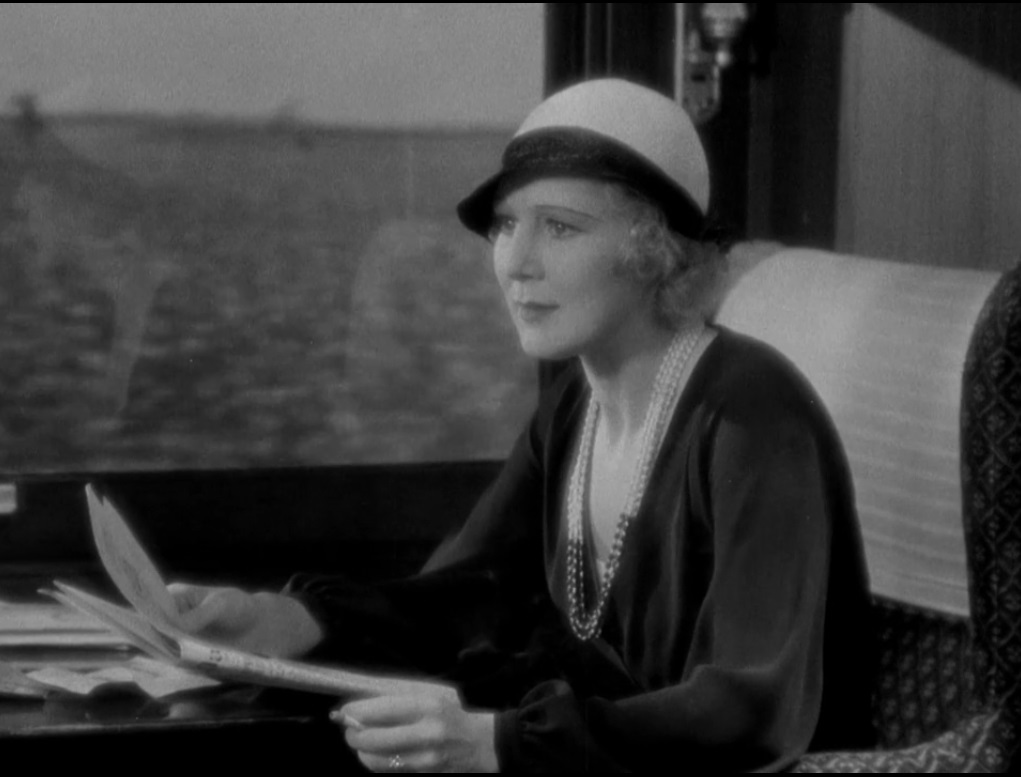

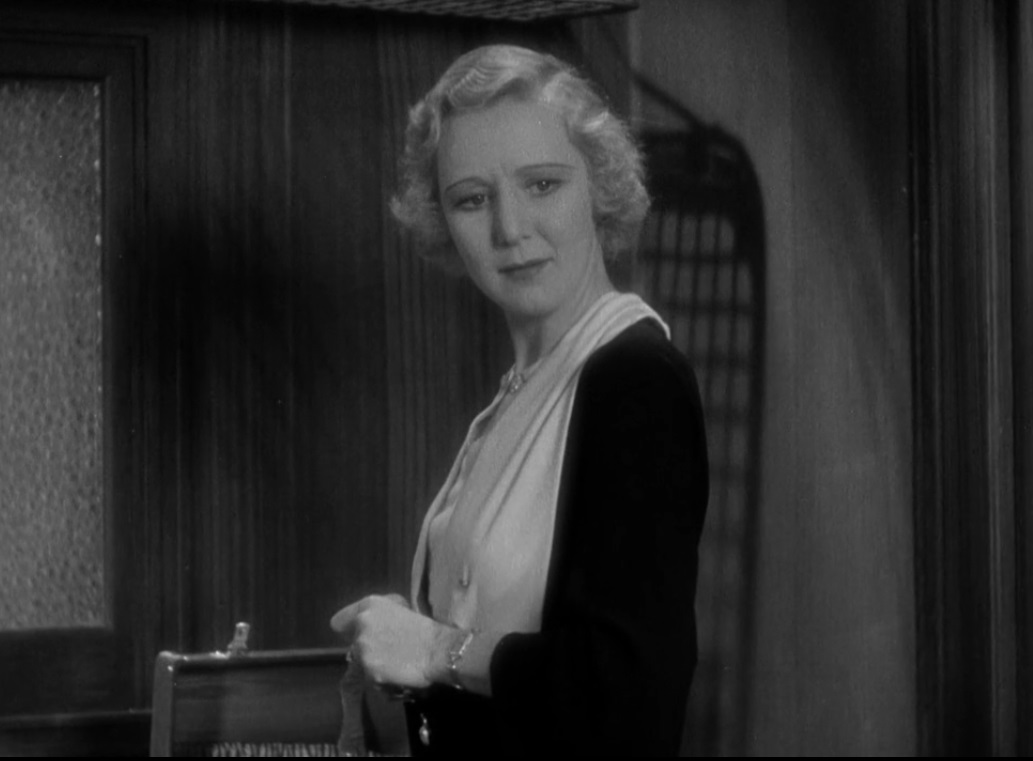
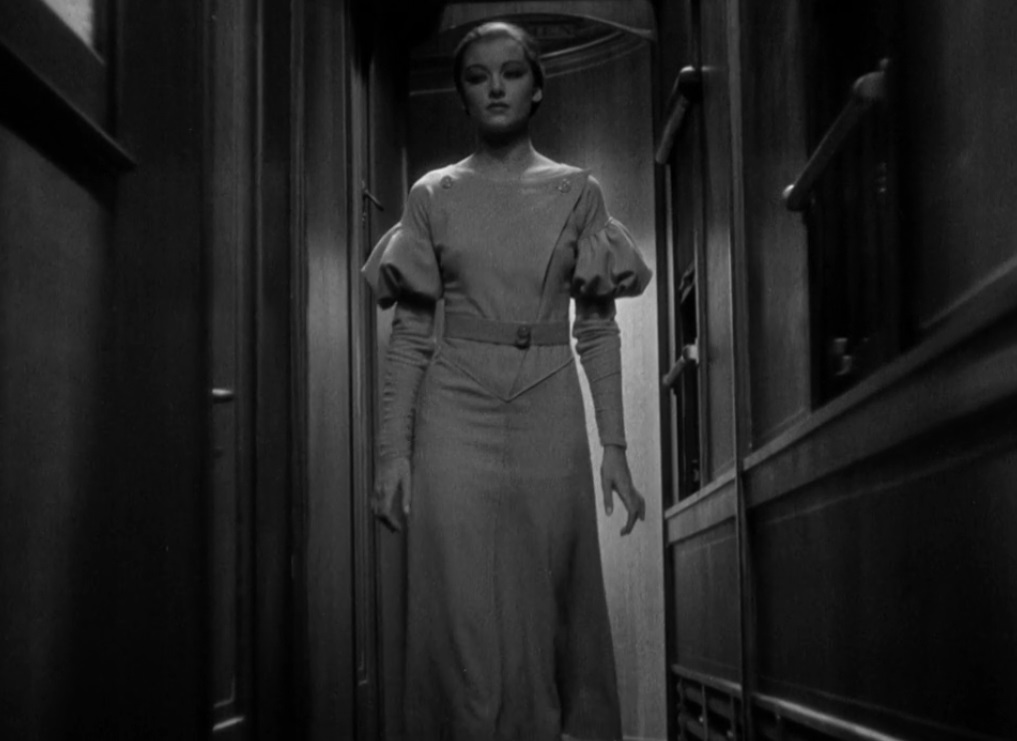
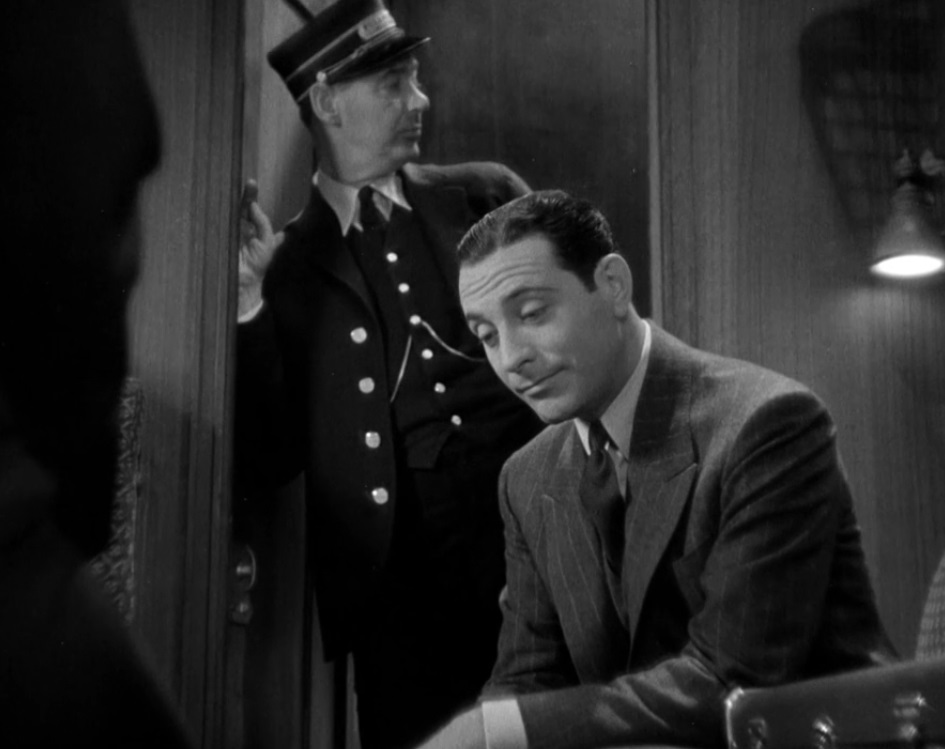
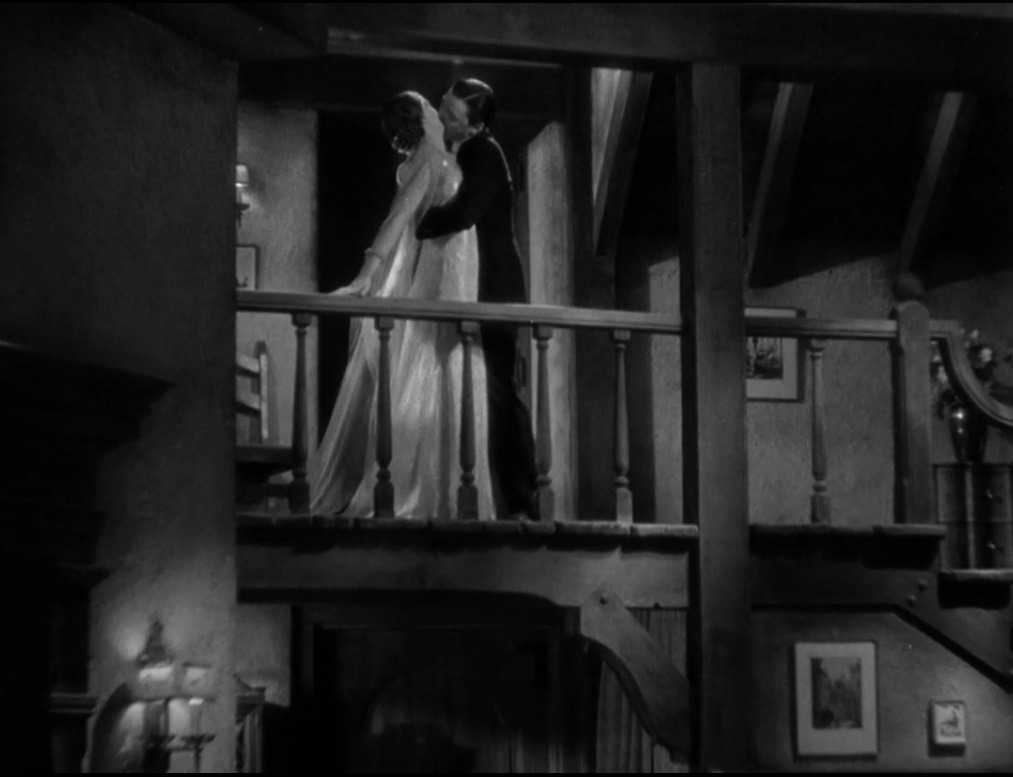


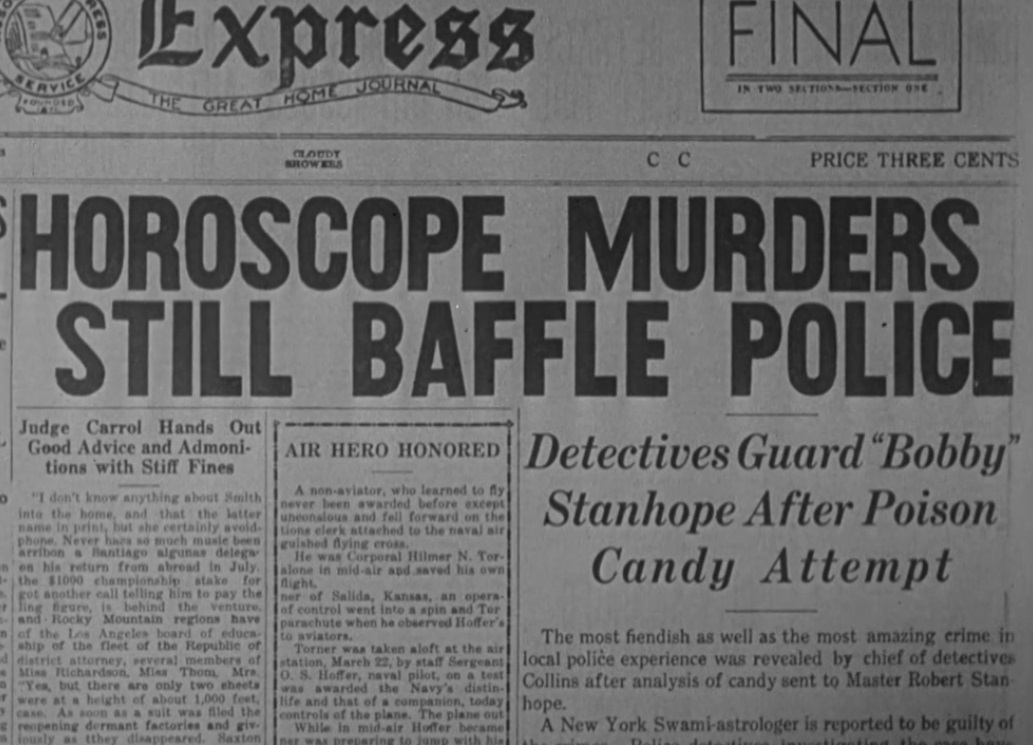

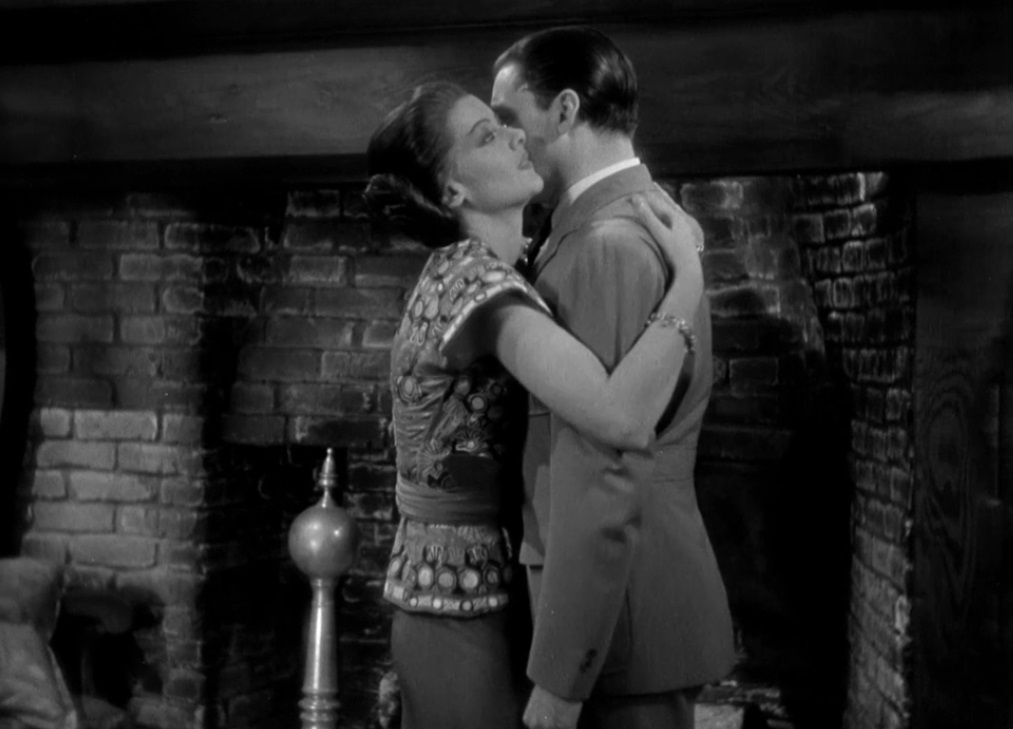
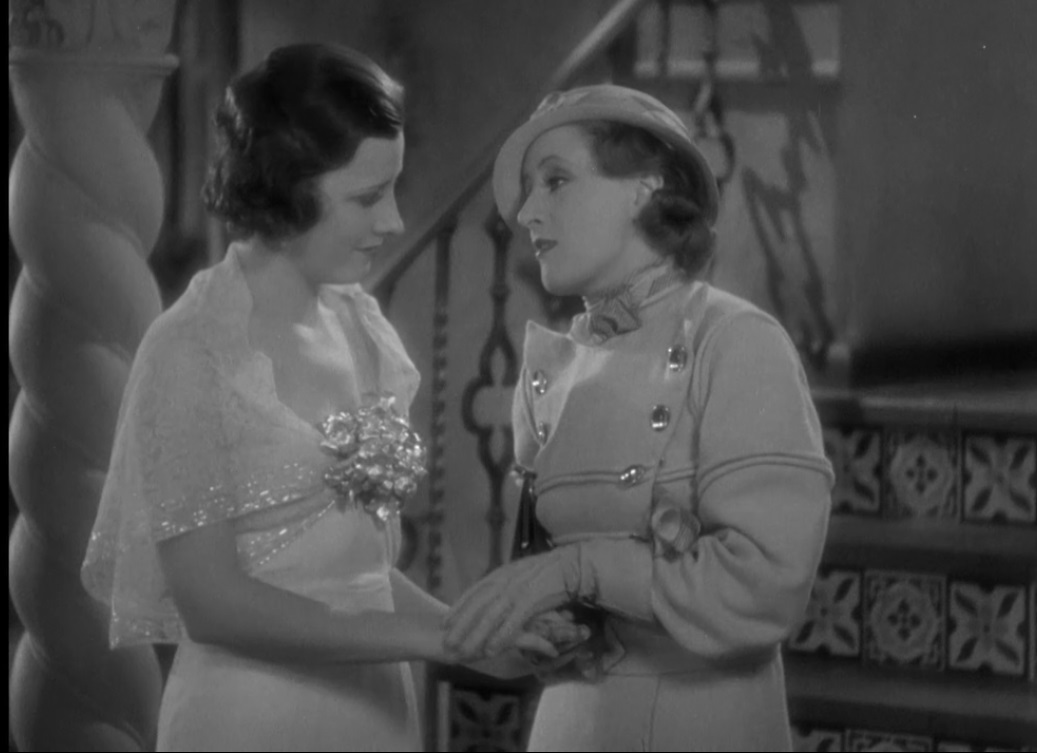


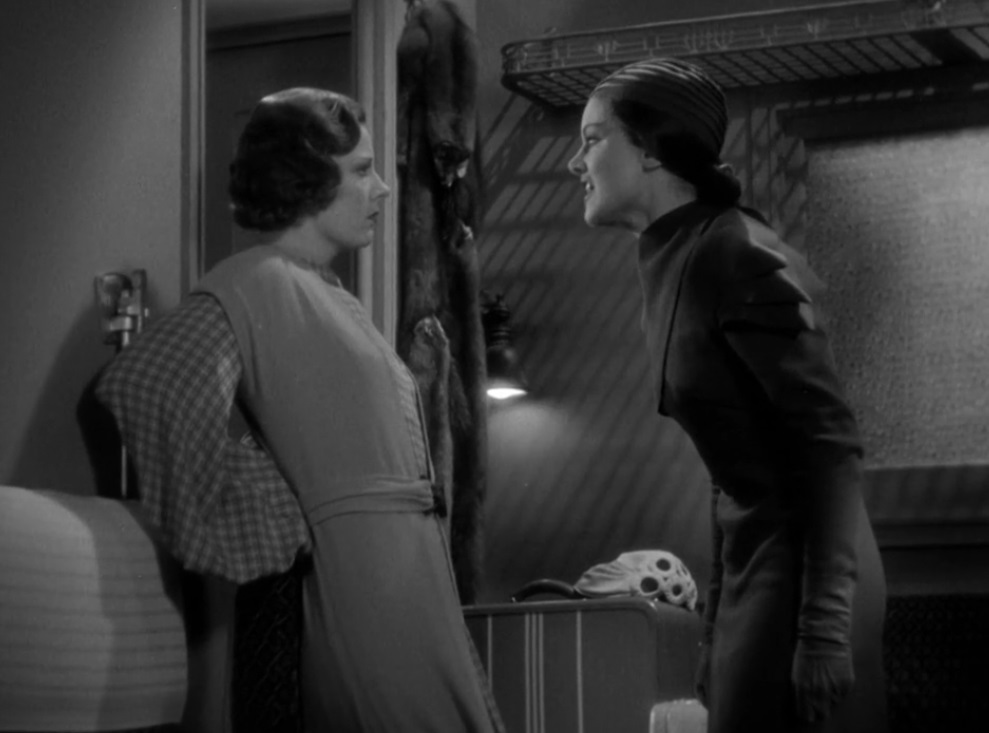

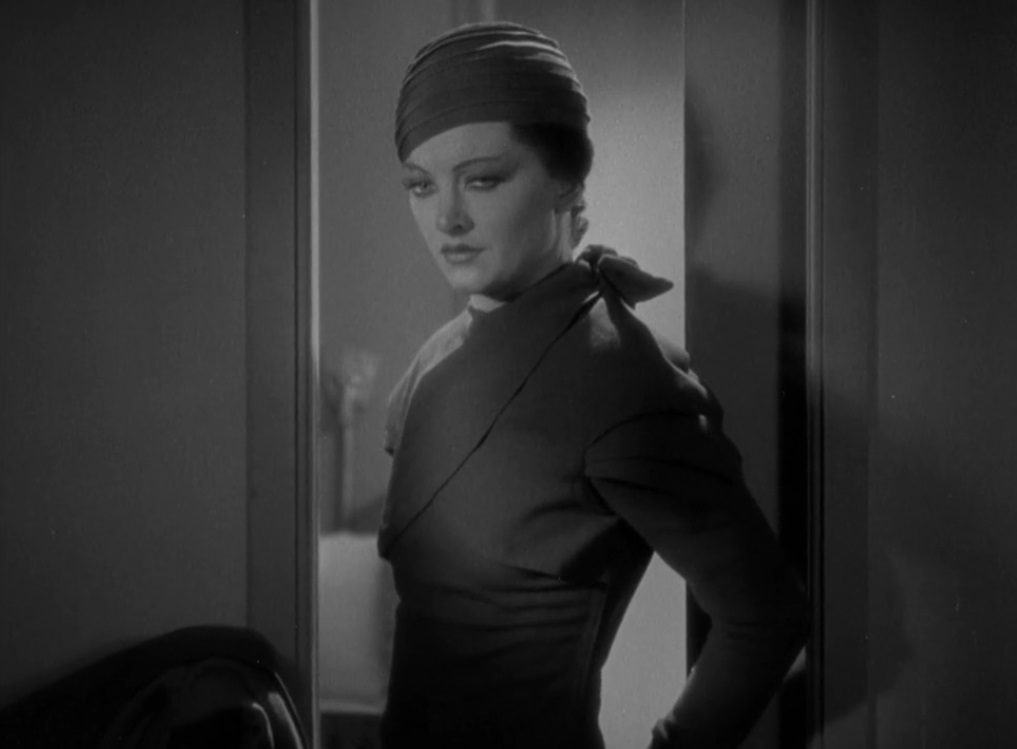
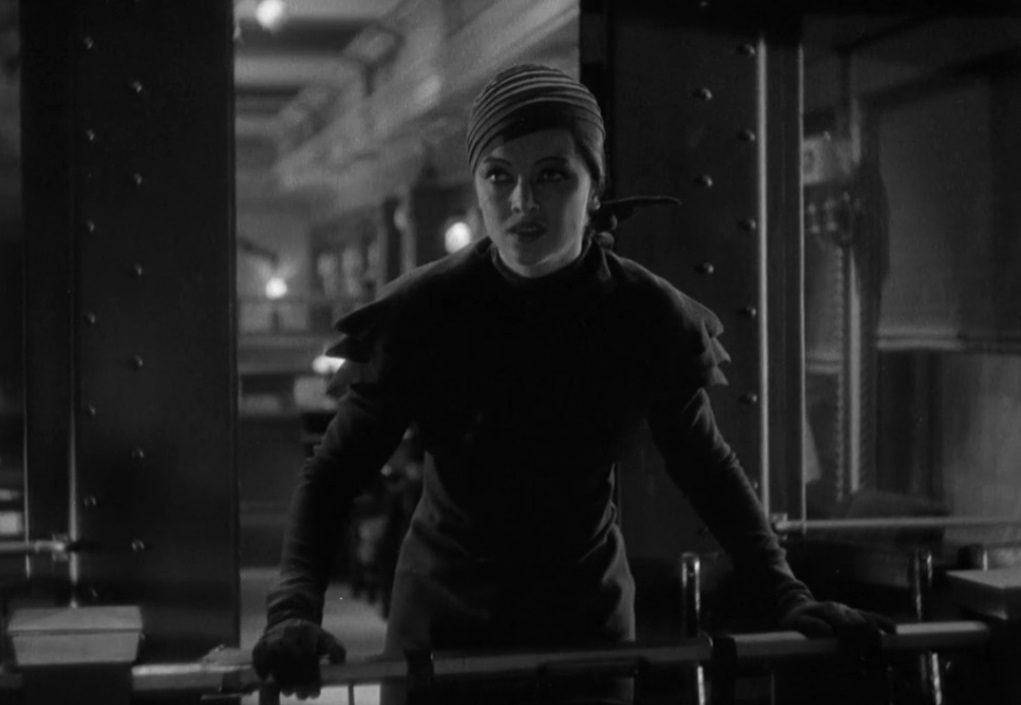
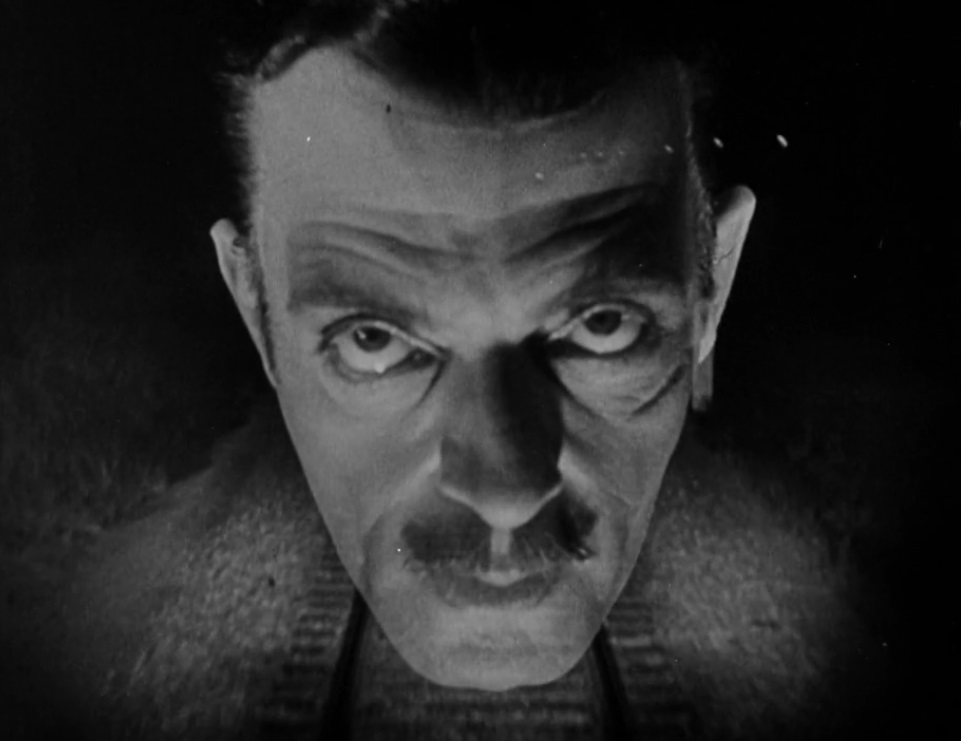

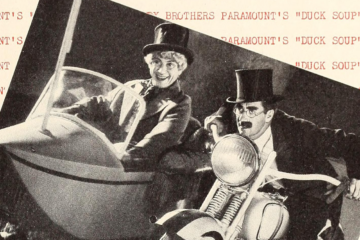


8 Comments
Ellen · May 28, 2014 at 7:55 am
According to someone who wrote a book about Peg Entwhistle, the original script did contain 13 characters. Two of the victims’ stories were left on the cutting room floor.
Danny · May 29, 2014 at 1:43 pm
I wonder if they were left out because of pacing or because the violence didn’t fit the mood– too gory or too goofy, maybe? I may have to check out the original book at some point to find out.
James Zeruk · May 30, 2014 at 11:34 am
Hi, I assume Ellen was alluding to me and my book “Peg Entwistle and the Hollywood Sign Suicide” (McFarland, 2014). Ellen was a bit mistaken, however. RKO actually only cast 11 because 13 was just too many. But even then it ran too long, so Selznick deleted the roles of Phyllis Cerf, Betty Furness and Julie Haydon.
I have three chapters in my book dedicated to just this film. It originally ran nearly two hours and Peg said her role as the Lesbian psycho killer was the best work she had ever done.
Originally, her character is the central figure of the first 22 minutes of the film. I have many inter-office memos and the original shooting script and production notes showing that Peg’s 16 mins of face time and dialog re her lesbian love affair and murder of her jealous husband was cut to a few minutes and lines because the Hays office went bonkers about the lesbian role.
You can read sample of some of the book at Amazon, and visit my website for pics and info.
Thanks for caring about that poor girl!
Danny · June 1, 2014 at 4:05 pm
Thanks for the info, James! I’ll have to put your book on my wishlist.
TheTommyYaya · February 11, 2015 at 4:42 am
I may be mistaken, but I think this is the film which has one woman saying to the character played by Myrna Loy (my paraphrase): “Men! Is that all you think about”? and getting the reply (again, paraphrasing from memory): “No, sometimes I think about boys”. That floored me – I loved it! emmmm…
Danny · February 19, 2015 at 12:26 pm
Ha! I don’t remember that, but I definitely owe this one a revisit.
TheTommyYaya · June 25, 2015 at 3:32 am
Indeed, I was mistaken regarding the film I spoke previously of. The actual movie is “Love Me Tonight” (1932), and Myrna Loy is not billed principally. The dialogue is a tad different, but is as good as I recalled. Details here: http://www.imdb.com/title/tt0023158/quotes
TheTommyYaya · June 25, 2015 at 6:42 am
It’s much better to watch than read. Begin at about 49:00 and watch through to about 50:30. You really owe it to yourself to watch the whole movie. One I’m adding to my library! Ever since I made that earlier post, it’s been driving me crazy trying to find which movie this exchange is in; I forgot just how funny the whole movie is.
Comments are closed.